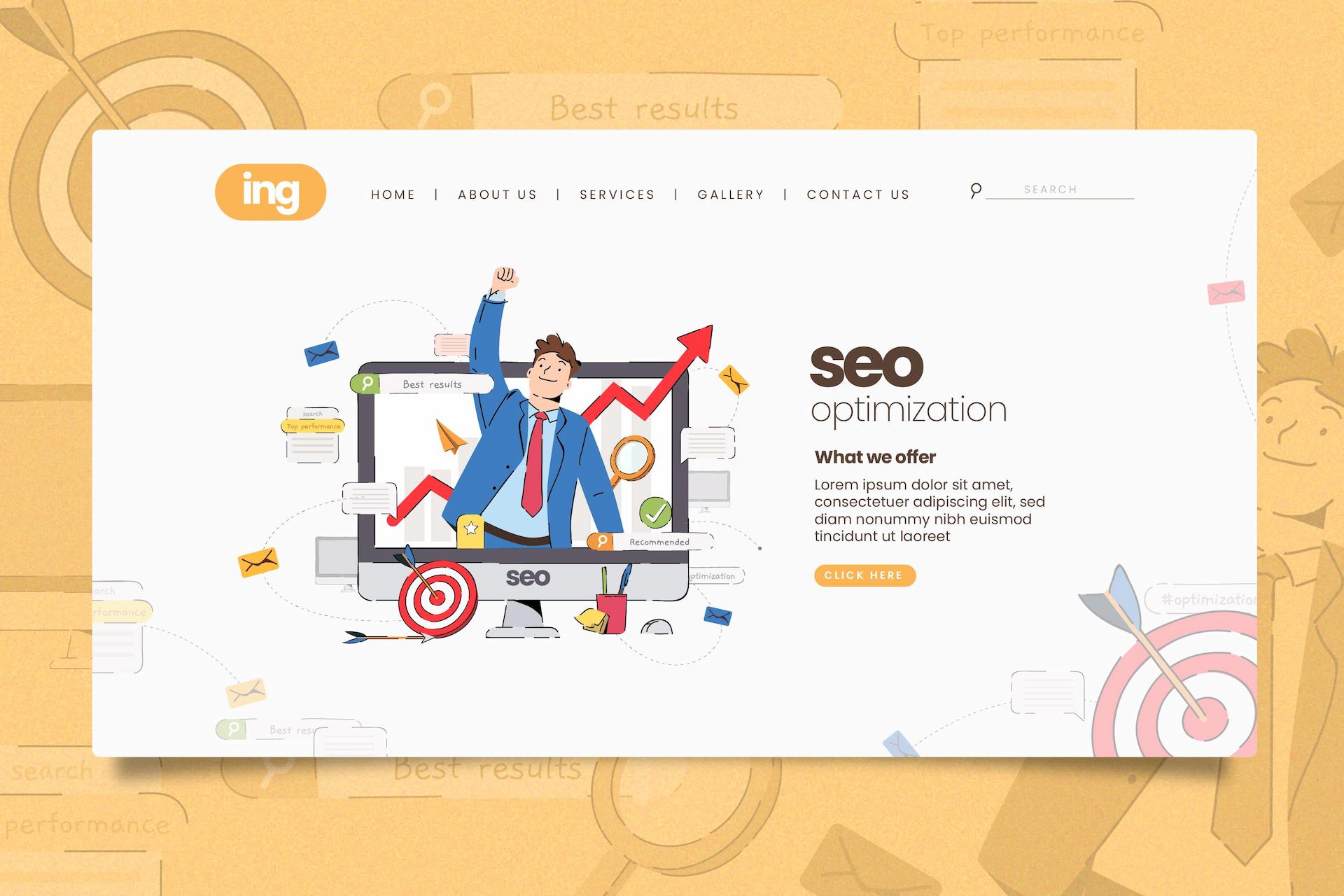
In the vast and competitive landscape of the internet, having a visually stunning website is no longer enough to stand out. To truly succeed online, your website must not only captivate visitors but also rank prominently in search engine results. This is where the concept of SEO-friendly website design comes into play. In this blog post, we'll delve into the importance of SEO-friendly website design, explore key principles and strategies, and provide actionable tips to help you create a website that not only looks great but also performs exceptionally well in search engine rankings.
Understanding SEO-Friendly Website Design
SEO-friendly website design refers to the practice of creating and structuring a website in a way that makes it easy for search engines to crawl, index, and rank its content. By optimizing various elements of the website, including technical aspects, content organization, and user experience, you can improve its visibility and relevance in search engine results pages (SERPs).
Key Principles of SEO-Friendly Website Design
- Responsive Design:
Ensure your website is mobile-responsive and displays properly across devices of all sizes. Google prioritizes mobile-friendly websites in search results, so responsive design is essential for SEO success.
- Clean and Semantic HTML:
Use clean and semantic HTML markup to structure your website's content. Properly organized HTML code makes it easier for search engine crawlers to understand the hierarchy and relevance of your content.
- Optimized Page Speed:
Improve your website's loading speed by optimizing images, minimizing CSS and JavaScript files, and leveraging browser caching. Page speed is a critical ranking factor and affects user experience.
- SEO-Friendly URLs:
Create descriptive and keyword-rich URLs that accurately reflect the content of each page. Avoid using generic or lengthy URLs with unnecessary parameters or symbols.
- Strategic Use of Heading Tags:
Use heading tags (H1, H2, H3, etc.) to structure your content hierarchically and emphasize important keywords. Properly formatted heading tags help search engines understand the main topics and key points of your content.
- Optimize Images for SEO:
Optimize images by using descriptive filenames, adding alt text, and compressing file sizes. Alt text provides context for images and helps improve accessibility while also serving as an opportunity to include relevant keywords.
- Internal Linking:
Incorporate internal links throughout your website to connect related content and improve navigation. Internal linking helps distribute link equity, encourages deeper engagement, and facilitates crawling and indexing of your website.
Benefits of SEO-Friendly Website Design
Improved Search Engine Visibility: An SEO-friendly website design increases the likelihood of your website ranking higher in search engine results, leading to increased visibility and organic traffic.
Better User Experience: By prioritizing elements such as responsive design, fast loading speed, and intuitive navigation, SEO-friendly websites provide a better user experience, leading to higher engagement and lower bounce rates.
Increased Conversion Rates: A well-optimized website is more likely to attract qualified leads and convert them into customers. SEO-friendly design elements contribute to a positive user experience, which in turn can lead to higher conversion rates.
Long-Term Sustainability: Investing in SEO-friendly website design lays a solid foundation for long-term success. By adhering to SEO best practices, you future-proof your website against algorithm updates and changes in user behavior.
Actionable Tips for Creating an SEO-Friendly Website
Conduct keyword research to identify relevant search terms and incorporate them into your website's content and metadata.
Optimize title tags, meta descriptions, and header tags with targeted keywords.
Create high-quality, informative, and engaging content that addresses the needs and interests of your target audience.
Regularly update and add new content to keep your website fresh and relevant.
Monitor your website's performance using tools like Google Analytics and Google Search Console and make adjustments as needed.
Conclusion
An SEO-friendly website design is essential for achieving success in today's digital landscape. By following key principles and strategies, such as responsive design, optimized page speed, and strategic content organization, you can improve your website's visibility, user experience, and conversion rates. Embrace the power of SEO-friendly website design, and watch as your website climbs the ranks in search engine results, attracting more traffic, engagement, and conversions along the way.

No comments yet